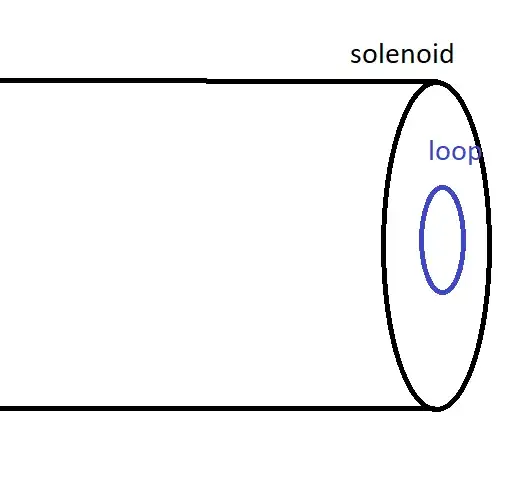There are many posts on this forum asking whether motional emf is actually an instance of Faraday's Law -- because, confusingly, it is often taught as though it is, with no qualification. The best answer I've seen so far is this really excellent one by @Timaeus. But I would like to go one step further conceptually. I want to know why it SHOULD be possible to lump both phenomena into the single relation (quoting from the linked answer):
$$\oint{(\vec E + \vec v \times \vec B)\cdot \text d\vec\ell} = -\frac{\text d}{\text dt}\iint{\vec B \cdot d\vec A}$$
In other words, it seems like a total coincidence that Faraday's Law just so happens to be unifiable with motional EMF into what @Timaeus calls the "universal flux rule". And in the posts I've seen, they make a point of carefully distinguishing between the two phenomena, since after all they're trying to untangle the confusion engendered by the textbook. Nevertheless, there are usually some deeper, more general considerations at play behind such coincidences in theoretical physics.
I'm guessing it has to do with the special relativistic formulation of E&M, since $\vec E$ and $\vec B$ are combined there into the Faraday tensor / Maxwell bivector $\mathbf{F}$, and the Lorentz force law basically just says that a charge's 4-velocity gets rotated in a given $\mu\nu$ spacetime plane(s) at a rate proportional to $F_{\mu\nu}$. Or perhaps it's enough to invoke the symmetry of Maxwell's equations somehow. Or maybe it's related to the fact that you can derive the Lorentz force law from Maxwell's equations + energy conservation (something I've heard can be done, but never actually seen). But I really don't know, and I feel there is something interesting to be comprehended here!
EDIT: Inspired by both of the answers, I read a bit more about the Lorentz force and found -- and I think this is clear from @Hyperon's answer anyway -- that the macroscopic form of Faraday's Law, in which the loop used for flux is allowed to change over time, actually implies the Lorentz force law. So I guess that leaves me wondering about the primacy of the differential vs. integral versions of Maxwell's equations. I always thought they were equivalent, and if anything I would have said the differential ones were more in the spirit of modern physics, but now I learn that the integral versions have this added benefit of logically absorbing the force law, so that electrodynamics is entirely described by Maxwell's equations alone. Is this an accurate statement? If so, why isn't this stated more clearly in typical treatments of E&M?
